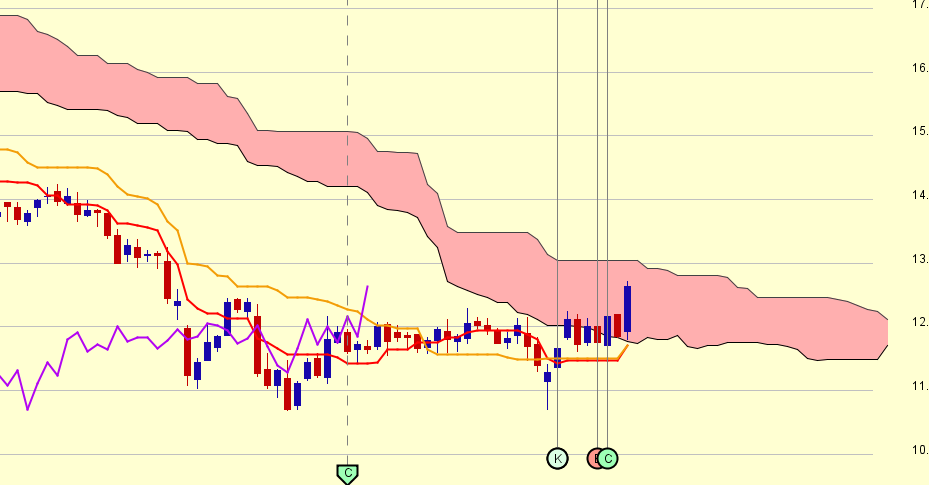Peter Lynch's great classic “ One up on Wall Street" was one of the first books to open my eyes to the fact that there are many different ways to make money from the market. He liked to categorise his winning stock selections as: 'slow growers', 'stalwarts', 'cyclicals', 'fast growers', 'turnarounds' and 'asset plays'. I'd always been a die-hard “growth at a reasonable price" investor before coming across Lynch, but once I'd digested his thinking I started to become more aware that there were different approaches to the same goal.
Of course most of us are not Peter Lynch. The great man had the excellent 1980s Fidelity team around him who perhaps helped him understand the different nuances of investing in asset plays and fast growers . One of the mistakes that many part time investors make is trying to be jack of all trades, so when my own early dabbles in mining stocks were not wildly successful (Sardinian Gold?) I realised it was time to retreat back to the comfort of my own circle of competence. But the idea of classifying archetypes of stock always stuck.
Aligning with the payoffs
Finance academia is a busy place, and over the last 30 years they have come to a broad consensus about which fundamental and technical indicators best payoff in stocks. They call these indicators 'factors' with the most powerful and well studied agreed to be company size, quality, value and momentum.
You don't need to get complicated to have success in the stock market as long as you align your portfolio with these payoffs. While the Stockopedia StockRanks take a broad approach to assess quality, value and momentum - it's quite simple to put together a high probability investment strategy using simple criteria such as low P/E (value), high ROE (quality) & new 52 week highs (momentum).
If we allow ourselves to take inspiration from Lynch we can realise that there are eight different combinations of the three quality, value and momentum factors. Each of these combinations illustrates a different archetypal profile of a trade… a taxonomy of winning and losing stocks.
While what follows are all gross generalisations, they do provide a very useful mental model that is exceptionally useful in understanding the nature of a stock, and what might be worth watching out for. Let's dive right in….

Unlock the rest of this article with a 14 day trial
Already have an account?
Login here










